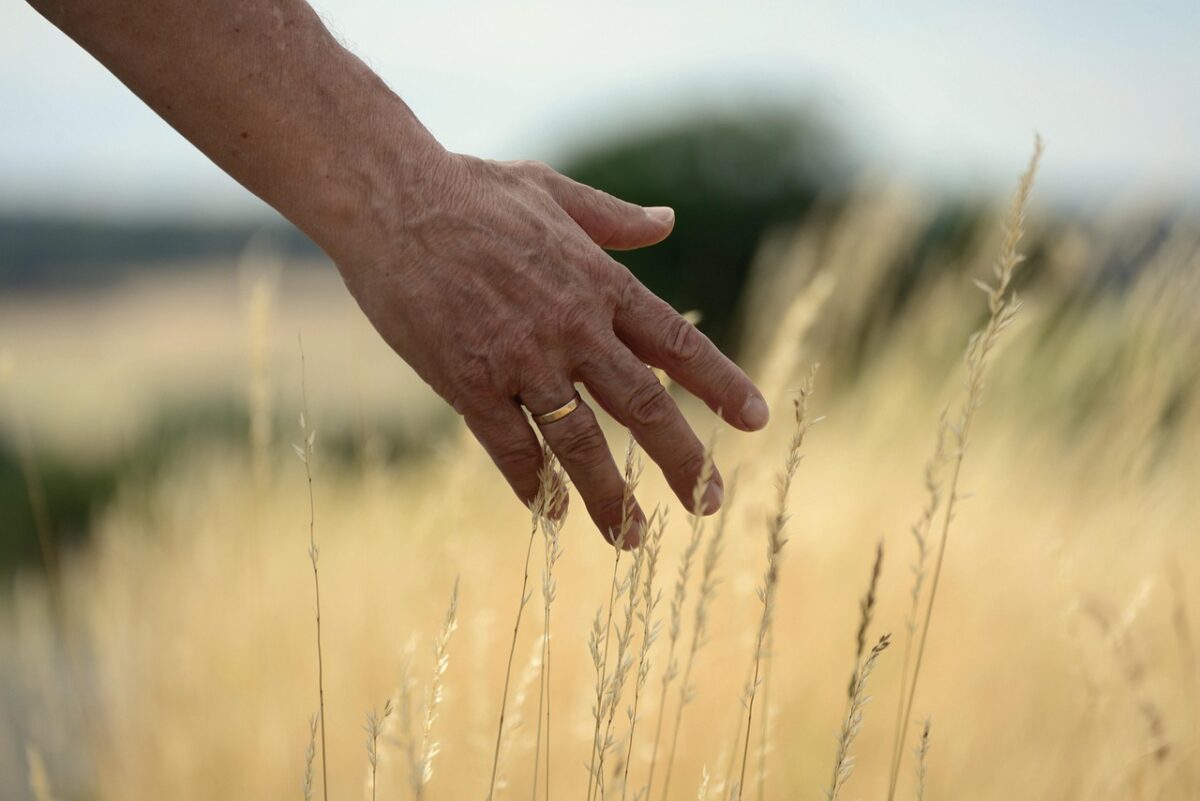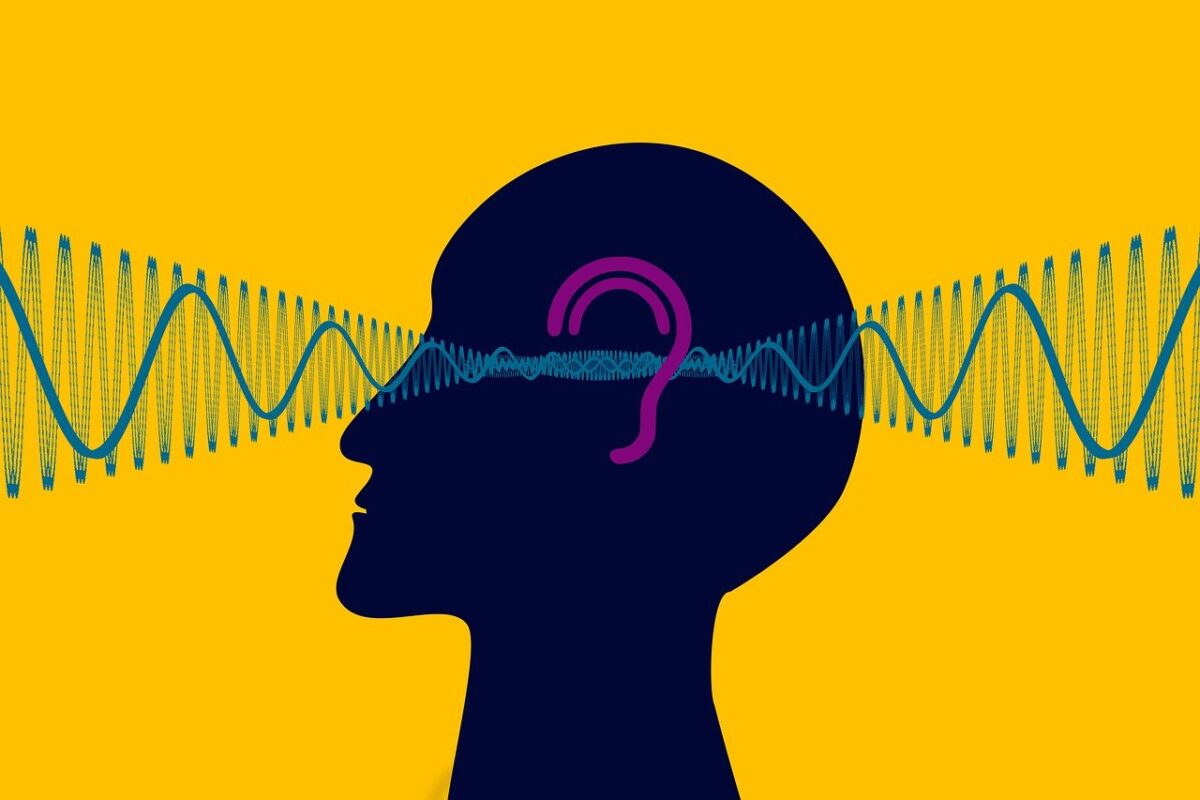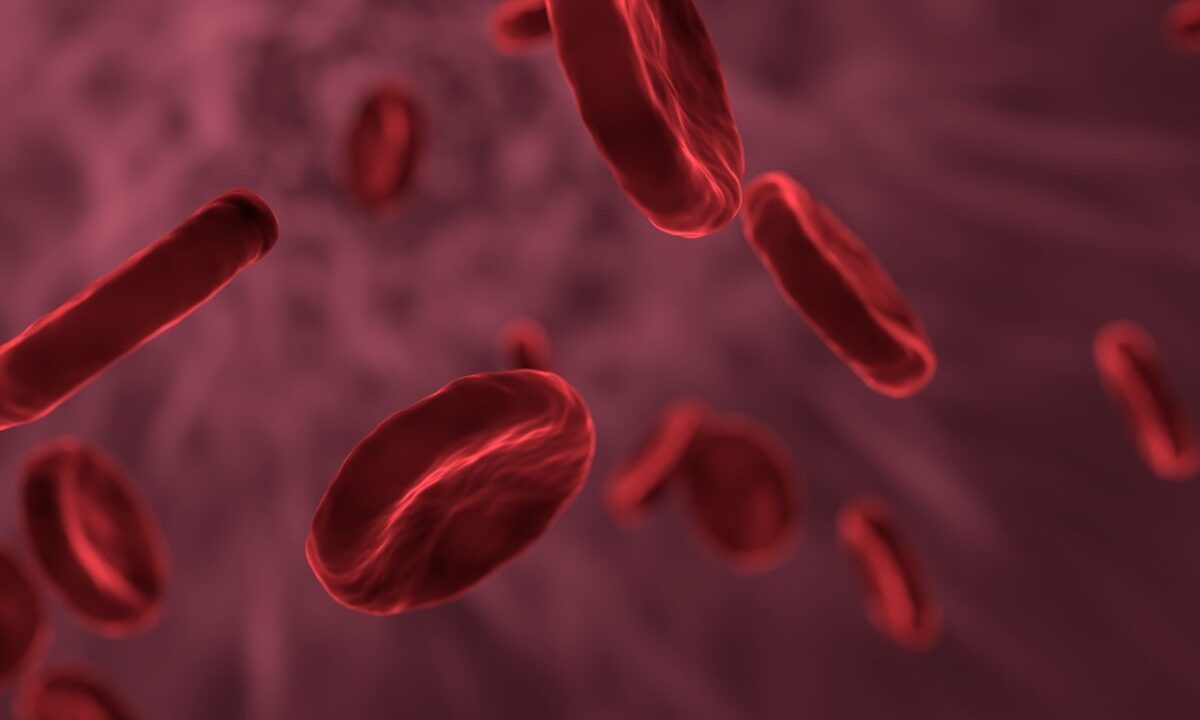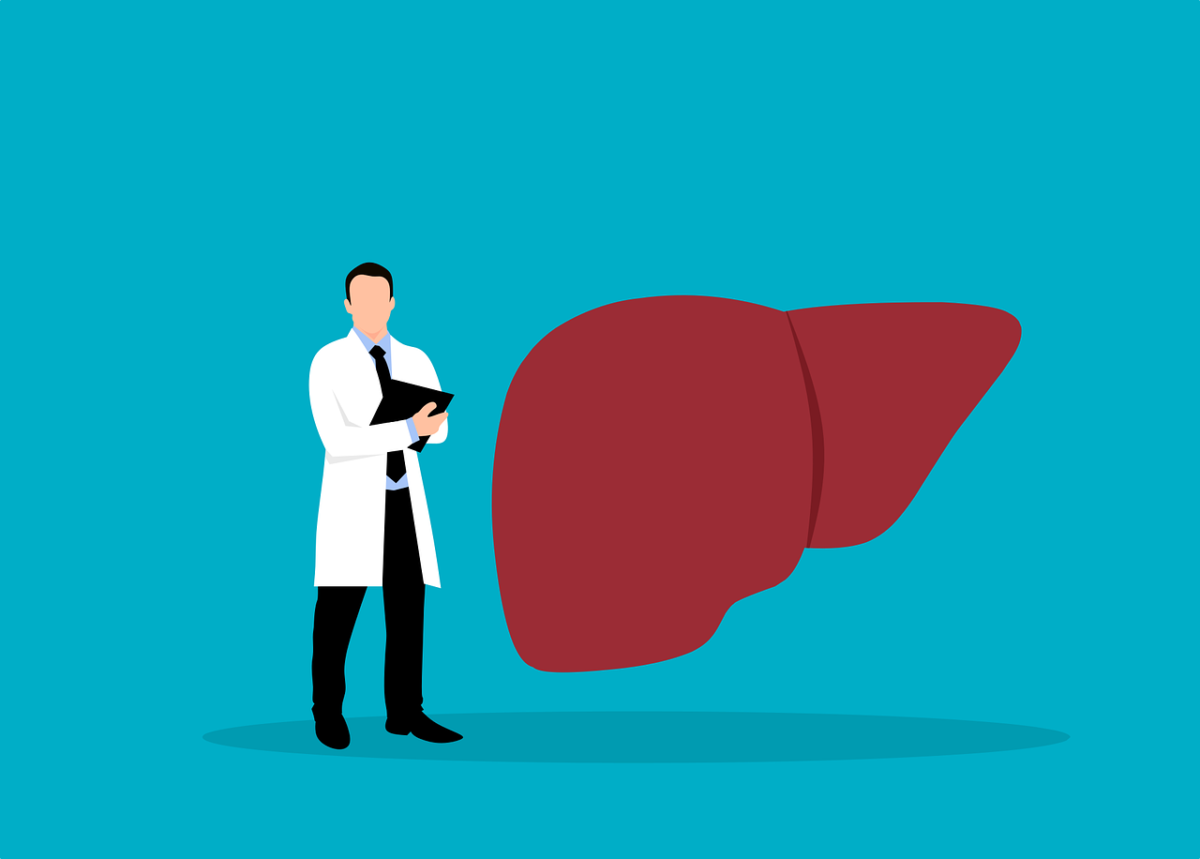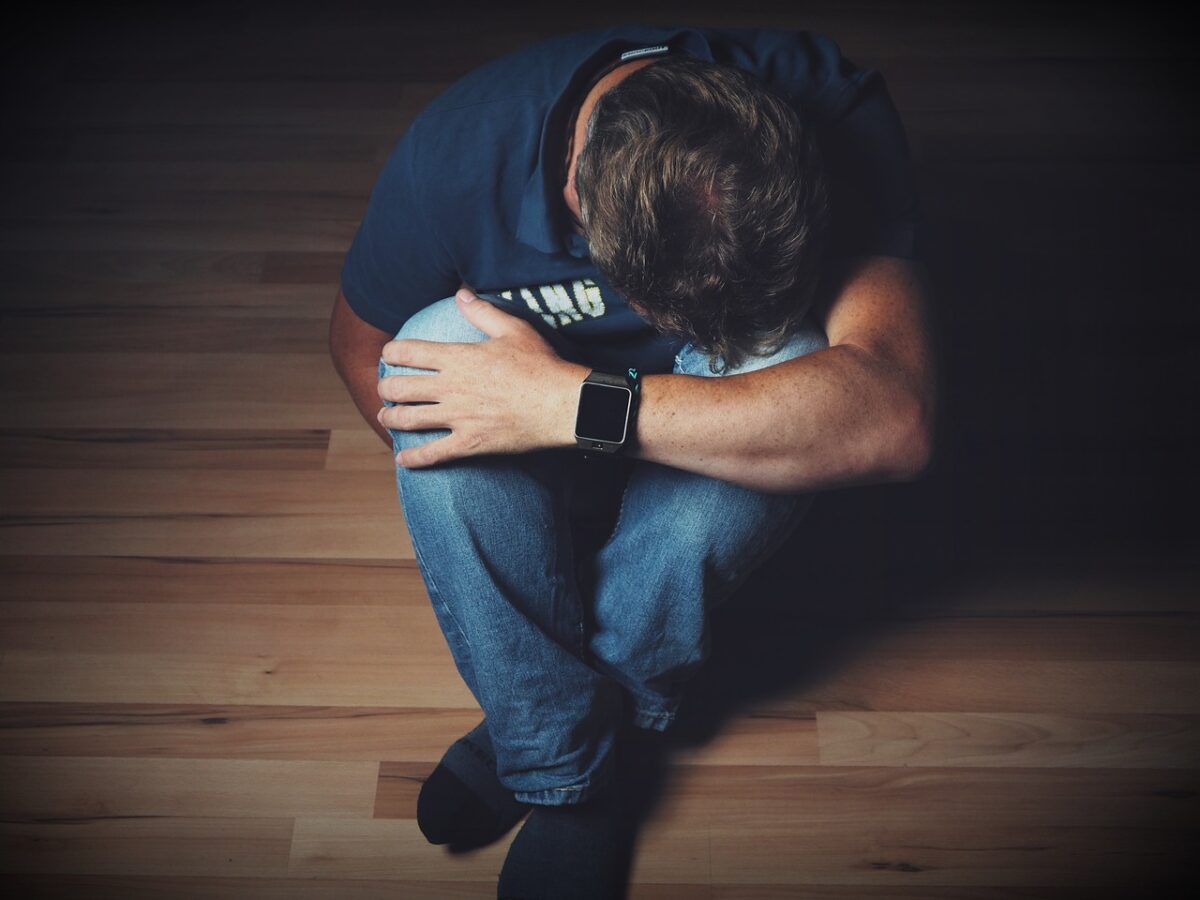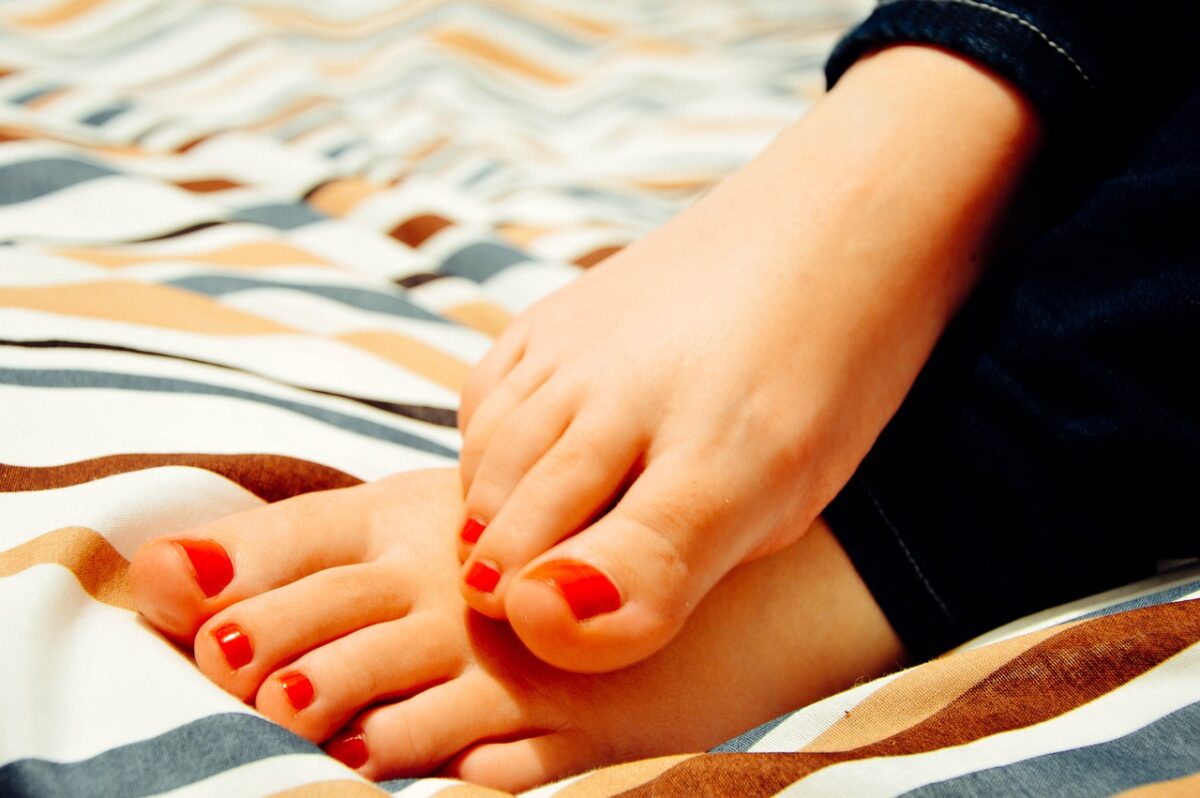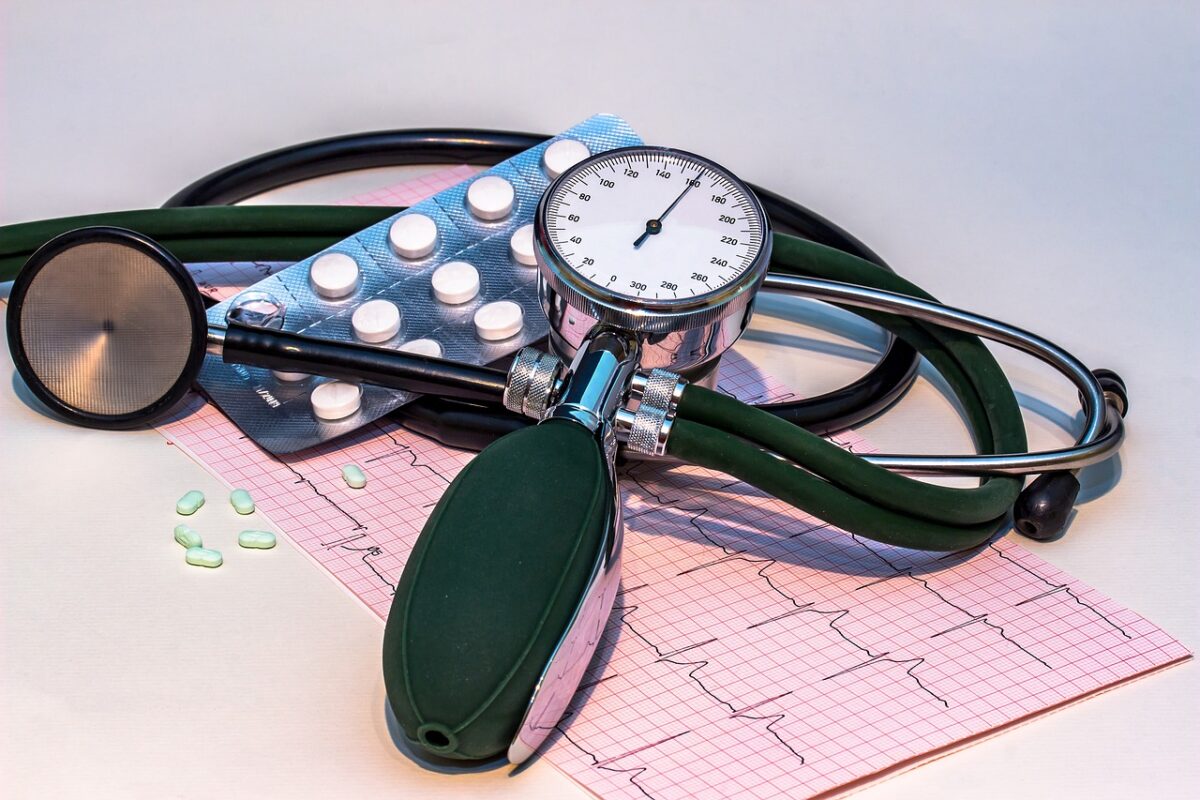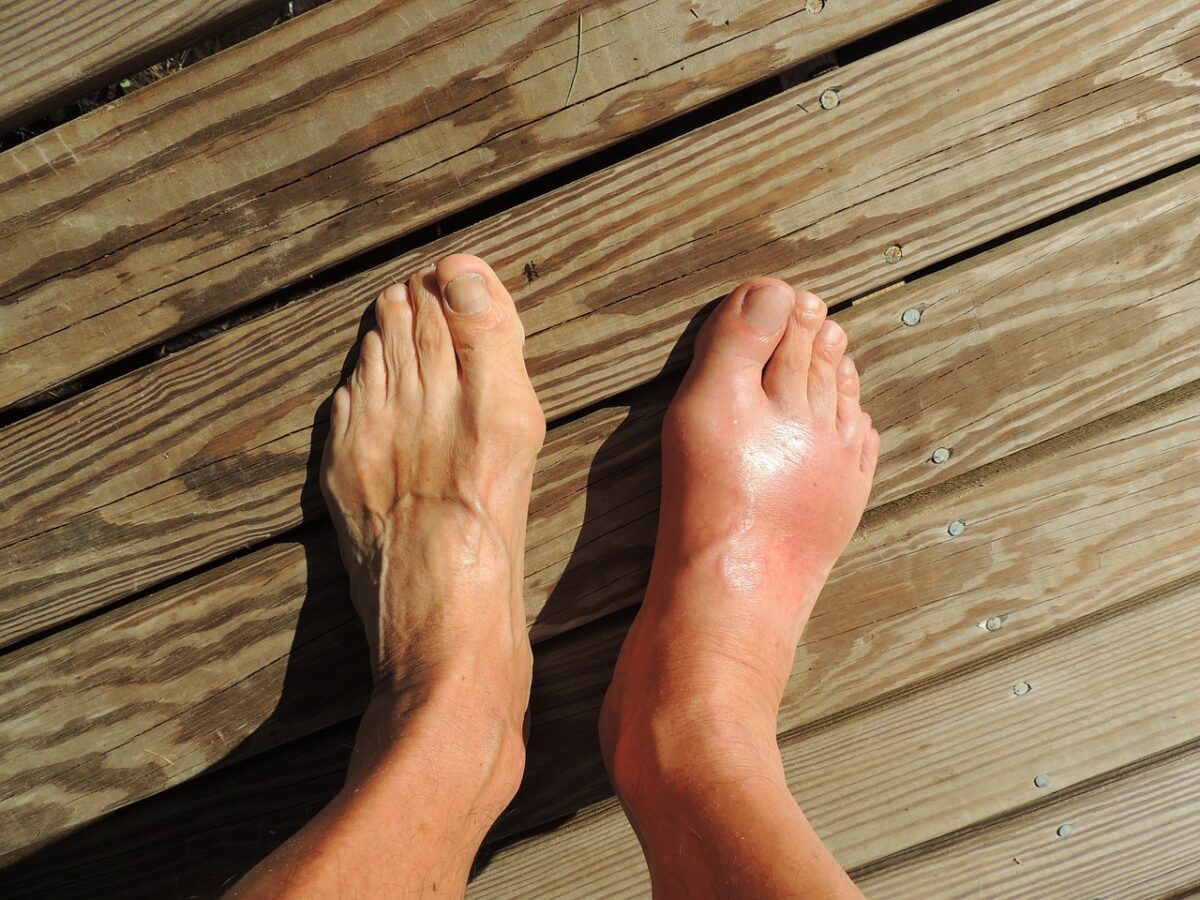Traditional Chinese bloodletting seems to be having a bit of a rennaissance. Say what now? I hear you asking… yup, it definitely sounds a bit odd! When I first studied acupuncture, it was mentioned in our textbooks and our classes, but we didn’t get any practical teaching.
Traditional Chinese bloodletting
Since 2014 though, two master practitioners of this art in the US, Dean Mouscher and Henry McCann, have both published books specifically on this subject – Chinese Medicine Bloodletting and Pricking the Vessels. And the Sidney Institute of Traditional Chinese Medicine has recently published this 18 minute video discussing the various techniques.
I started to hear lots of stories from other acupuncturists about their experience of bloodletting and wet cupping, and I got very fascinated. I read both the new books, took live online courses with both teachers, and did an online course as well with Susan Johnson, another American practitioner, with decades of experience. I got so interested that I even got a qualification in phlebotomy – the western practice of venepuncture, that happens when you go and get a blood test taken.
It feels like this Chinese tradition has been a bit dormant in the west, but is springing back to life.
What does science say?
For sure we have to be very careful before we make any claims of medical benefit for this treatment. This is not an area where tons of medical research has been done, or an evidence base has been established to show whether this is a medically effective procedure.
At the top of the pyramid of research studies is a meta analysis. This type of study is a review of the individual research studies on a topic, which re-analyses the combined results from those studies. I had a quick look and found six in this area, all published in the last five years:
“Blood Letting Therapy is effective in alleviating pain and decreasing serum C-reactive protein level level in acute gouty arthritis patients with a lower risk of evoking adverse reactions.”
A 2022 systematic review and meta analysis of bloodletting for gouty arthritis
“BL at EX-HN6 [the ear apex] as an adjunctive therapy to eye drops may benefit stye. However, high-quality RCTs [randomised controlled trials] addressing on this issue is still needed to warrant the findings of this study.”
A 2020 systematic review and meta analysis of bloodletting for styes (eyelid infections)
“Bloodletting therapy might be an effective and safe treatment for chronic urticaria [hives], but the evidence is scarce. More high quality trials are needed in the future.”
A 2019 systematic review and meta analysis of bloodletting for chronic urticaria (hives)
“Although some positive findings were identified, no definite conclusions regarding the efficacy and safety of Blood Letting Therapy as complementary and alternative approach for treatment of hypertension [high blood pressure] could be drew due to the generally poor methodological design, significant heterogeneity, and insufficient clinical data. Further rigorously designed trials are warranted to confirm the results.”
A 2019 systematic review and meta analysis of bloodletting for high blood pressure
“Bloodleting on ear apex as monotherapy or adjuvant therapy might have benefits in treating primary hypertension [high blood pressure]… However, since the number of studies included and the sample sizes were small, and the methodological quality was poor, these findings should be interpreted with great caution. Further well-designed studies need to be conducted to confirm these results.”
A 2018 systematic review and meta analysis of bloodletting for high blood pressure
“A few small studies suggested that wet cupping alone versus antihypertensive medication significantly reduced blood pressure… However based on current evidence, no firm conclusions can be drawn and no clinical recommendations made. Research projects included need validation. Studies indicate that wet cupping is a safe therapy.”
A 2019 systematic review and meta analysis of wet cupping for high blood pressure
So, from this we can see that the scientific evidence base for traditional Chinese bloodletting is thin on the ground. It addresses only a few conditions, and it mostly concludes that more research is needed before we can draw any clear conclusions.
And hospitals are using leeches
Some of my patients look a bit puzzled when I mention traditional Chinese bloodletting, or wet cupping. It just sounds so weird! Right?
But one nurse I treat, she just nodded away, totally unphased, and said, yes, when she had worked at Royal Perth Hospital, she had been in charge of applying the leeches. Yes, leeches are in use again by plastic surgeons across the world, including right here in Perth! They’re a method of clearing oxidised old blood and re-establishing circulation when small items such as fingers are surgically reattached. Here’s a 2021 news story about leeches ‘saving a schoolgirl’s finger’ at Fiona Stanley Hospital.
So yup, the old stuff, the weird stuff, it’s still going on…
Chinese bloodletting in Perth
So, I’ve got no plans to introduce leeches to my practice! But, I do offer traditional Chinese bloodletting and wet cupping to my patients, where it’s a good fit for them.
You’re very welcome to get in touch if you’d like to know more.
References
Chan-Young Kwon, Boram Lee, Ju Ah Lee, Efficacy and safety of bloodletting on ear apex for primary hypertension: A systematic review and meta-analysis,
European Journal of Integrative Medicine, Volume 23, 2018, Pages 90-100, ISSN 1876-3820, https://doi.org/10.1016/j.eujim.2018.09.011.
Qiao HW, Liu NW, Wang J, Huang S, Yu L, Chen Z. Bloodletting at EX-HN6 as an adjunctive therapy to eye drops for stye: A meta-analysis. Medicine (Baltimore). 2020 Aug 7;99(32):e21555. doi: 10.1097/MD.0000000000021555. PMID: 32769896; PMCID: PMC7593029. https://www.ncbi.nlm.nih.gov/pmc/articles/PMC7593029/
Qin Yao, Xinyue Zhang, Yunnong Mu, Yajie Liu, Yu An, Baixiao Zhao, “Bloodletting Therapy for Patients with Chronic Urticaria: A Systematic Review and Meta-Analysis”, BioMed Research International, vol. 2019, Article ID 8650398, 9 pages, 2019. https://doi.org/10.1155/2019/8650398
Shuting Lu, Shizheng Du, Anne Fish, Cong Tang, Qingqing Lou & Xuefang Zhang (2019) Wet cupping for hypertension: a systematic review and meta-analysis, Clinical and Experimental Hypertension, 41:5, 474-480, DOI: 10.1080/10641963.2018.1510939
Si-Hui Li, Wei-Shang Hu, Qiao-Feng Wu, Jun-Gang Sun,
The efficacy of bloodletting therapy in patients with acute gouty arthritis: A systematic review and meta-analysis, Complementary Therapies in Clinical Practice, Volume 46, 2022, 101503, ISSN 1744-3881, https://doi.org/10.1016/j.ctcp.2021.101503
Xiong, Xj., Wang, Pq. & Li, Sj. Blood-Letting Therapy for Hypertension: A Systematic Review and Meta-Analysis of Randomized Controlled Trials. Chin. J. Integr. Med. 25, 139–146 (2019). https://doi.org/10.1007/s11655-018-3009-2
https://www.9news.com.au/national/twenty-leeches-used-to-help-save-perth-schoolgirls-finger/7a596e66-eb52-4045-8d3f-99d3277b5804



